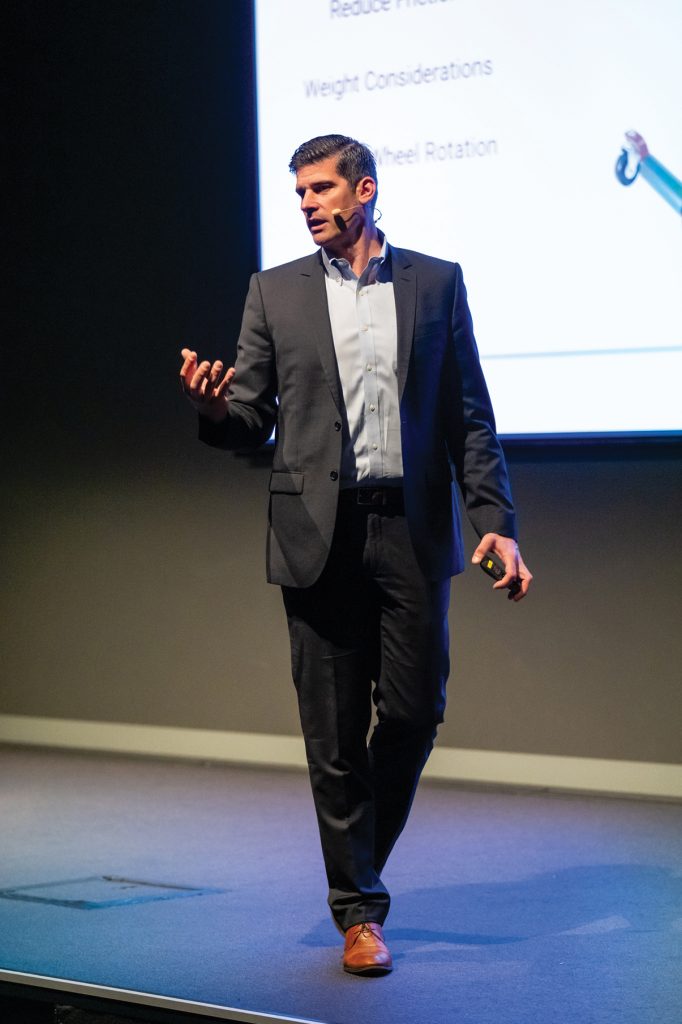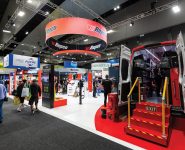NEW SAFETY REQUIREMENTS FOR EVS HIGHLIGHTED
Dirk Fuchs tells independent workshops they need to prepare for the dangers of fires and shocks caused by batteries

Dirk Fuchs, the Chief Executive Officer of Electric Mobility Consulting, alerted independent workshop owners and mechanics to the new frontier of safety required when working on EVs at the Australian Auto Aftermarket Expo (AAAExpo).
Dirk, who completes a lot of emergency response work in the United States, stressed that statistically it is not often that something goes wrong, but when it does, it can be catastrophic.
He detailed a number of case studies where cars had been burnt out and workshops destroyed by fire, going on to outline the safety requirements any workshop which stores damaged EVs or hybrids, or vehicles with batteries that are known to be faulty, should know.
Dirk could not stress enough the importance of isolating and disabling all electrical systems in such vehicles as soon as they arrive, if not before; pointing out that a number of workshops have been burnt to the ground in the US by EVs that were left overnight.
Dirk said the first safety precautions should be made when a damaged vehicle is towed to the workshop. He said it must be taken on a flatbed truck or at least towed in such a way so that the driving wheels do not spin.
He also stressed the importance of the correct PPE and making sure that PPE is regularly replaced.
Dirk explained every electrified vehicle has an ERG or Emergency Response Guide, which can be provided by the vehicle manufacturer, and repairers should make sure they have a copy of the relevant ERG and make themselves familiar with its contents before attempting to work on any electrified vehicle.
He says if an EV with a fault needs to be stored for any length of time while waiting for parts, it must be stored correctly as batteries can remain dangerous even when the car is not active.
Dirk also said workshops need to consider where to work on EVs, making sure they are not worked on near combustible products. He recommends developing dedicated EV repair stations.
He outlined many EV battery faults cannot be seen with the naked eye, and these could include quite serious problems where the battery could be giving off toxic gasses, highlighting the need for specialist equipment.
“We need diagnostic tools; we need proper tools to evaluate the battery like CO monitoring as well as thermal imaging,” he stressed.
Dirk also pointed out there are special tools required for removing batteries and, just like with the actual vehicle, special knowledge is needed to store batteries.
Even something as simple as lifting an electrified vehicle should be done with caution as, depending on the particular vehicle, it may need to be done in a different manner to an ICE-powered vehicle in order to not damage battery packs and other electrical components.
For more information, please visit www.electricmobilityconsulting.net









